- sort orderDefault
Photo title, A → Z
Photo title, Z → A
✔ Date created, new → old
Date created, old → new
Date posted, new → old
Date posted, old → new
Visits, high → low
Random - Google Map
- map
 home / Plantae · augalai / Fabaceae · pupiniai / Lathyrus vernus · pavasarinis pelėžirnis
home / Plantae · augalai / Fabaceae · pupiniai / Lathyrus vernus · pavasarinis pelėžirnis

-
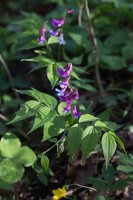 Lathyrus vernus · pavasarinis pelėžirnis
Lathyrus vernus · pavasarinis pelėžirnis
-
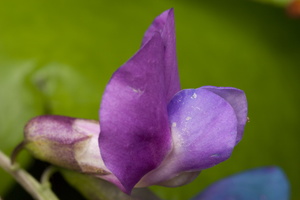 Lathyrus vernus · pavasarinis pelėžirnis
Lathyrus vernus · pavasarinis pelėžirnis
-
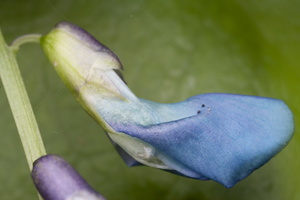 Lathyrus vernus · pavasarinis pelėžirnis
Lathyrus vernus · pavasarinis pelėžirnis
-
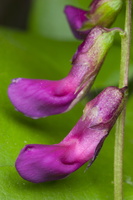 Lathyrus vernus · pavasarinis pelėžirnis
Lathyrus vernus · pavasarinis pelėžirnis
-
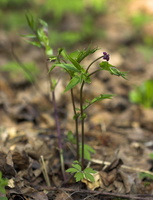 Lathyrus vernus · pavasarinis pelėžirnis
Lathyrus vernus · pavasarinis pelėžirnis
-
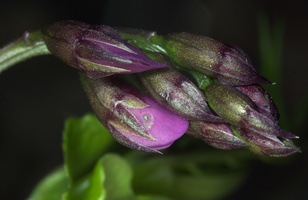 Lathyrus vernus · pavasarinis pelėžirnis
Lathyrus vernus · pavasarinis pelėžirnis
-
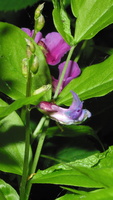 Lathyrus vernus · pavasarinis pelėžirnis
Lathyrus vernus · pavasarinis pelėžirnis
-
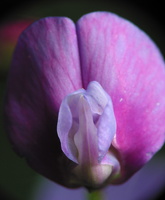 Lathyrus vernus · pavasarinis pelėžirnis
Lathyrus vernus · pavasarinis pelėžirnis
-
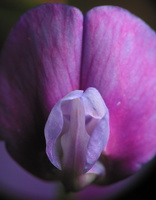 Lathyrus vernus · pavasarinis pelėžirnis
Lathyrus vernus · pavasarinis pelėžirnis
Lathyrus vernus · pavasarinis pelėžirnis
- spring vetchling, spring pea, spring vetch
- Frühlings-Platterbse
- pavasarinis pelėžirnis
- pavasara dedestiņa
- groszek wiosenny
It is native to Europe and parts of northern Asia. Its typical habitat is broad-leaved woodland, forest margins, plantations and clearings. It forms a dense clump of pointed leaves with purple flowers in spring, shading to a greenish-blue with age.
Lathyrus vernus is a perennial plant with an upright stem without wings. The stem grows to 20 to 40 cm and is erect and nearly hairless. The leaves are alternate with short stalks and large, wide stipules. The leaf blades are pinnate with two to four pairs of ovate tapering leaflets with blunt tips, entire margins and no tendrils. The inflorescence has a long stem and three to ten purplish-red flowers, each 13 to 20 mm long, turning bluer as they age. These have five sepals and five petals and are irregular. The uppermost petal is known as the "standard", the lateral two as the "wings" and the lowest two are joined to form the "keel". There are ten stamens and a single carpel. The fruit is a long brown pod up to 60 mm in length containing eight to fourteen seeds which are poisonous. This plant flowers early in the year, in May and June. It does not wither after flowering but continues to grow until autumn.
Daugiametis, 20-50 cm aukščio žolinis augalas. Šakniastiebis trumpas, storas, gumbuotas. Stiebas stačias, kartais šakotas. Lapai poromis plunksniški, sudaryti iš 2-3 porų lapelių, jų lapkočiai latakiški, prielapiai stamboki, su smailiaviršūne skiaute. Žiedynai - ilgakotės retos kekės iš 3-8 palinkusių žiedų. Taurelė varpiška, trumpa, su nevienodo ilgio danteliais ir įžambiai nukirstu vamzdeliu. Vainikėlis gana didelis, 1,3-2 cm ilgio, iš pradžių raudonai ar mėlynai violetinis, vėliau mėlynas, o į žydėjimo pabaigą žalsvai melsvas. Vaisius - įstriža, plokščia, 3-5 cm ilgio ir 0,5-0,7 cm pločio ruda ankštis su 8-12 sėklų. Sėkloms prinokus, ankštis sprogsta ir išsvaido sėklas.
Žydi balandžio - gegužės mėn. Dažnas visoje Lietuvoje. Auga pavieniui arba nedideliais sąžalynais ūksmėtuose lapuočių ir mišriuose miškuose, krūmuose, daugiausia vidutinio drėgnumo kalkinguose priemolio dirvožemiuose. Medingas, turintis alkaloidų. Žolę noriai ėda galvijai. Perspektyvus kaip dekoratyvinis augalas. Šaknyse yra gumbeliai su oro azotą fiksuojančiomis bakterijomis, be to, jos sudaro ir mikorizę.